Interior Designer Hema Persad & Why a NativeStone Kitchen Sink Was Perfect for This Actress’ Home
Functional, statement making – and never too perfect. Native Trails was delighted to provide interior designer Hema Persad with a clear answer to one very important question: Who makes a really cool concrete sink?

A sumptuous jewel-toned kitchen and the noteworthy use of a NativeStone sink. These led us to discover attorney turned interior designer Hema Persad, whose design of actress Poorna Jagannathan’s home graced the pages of Architectural Digest.
Founder and Designer at Sagrada Studio, Persad believes that there’s no more sacred space on earth than where we live and create – and that’s certainly something we can agree with. Discover her tenacity, bravery, plus her thoughts on the functionality of a concrete sink.
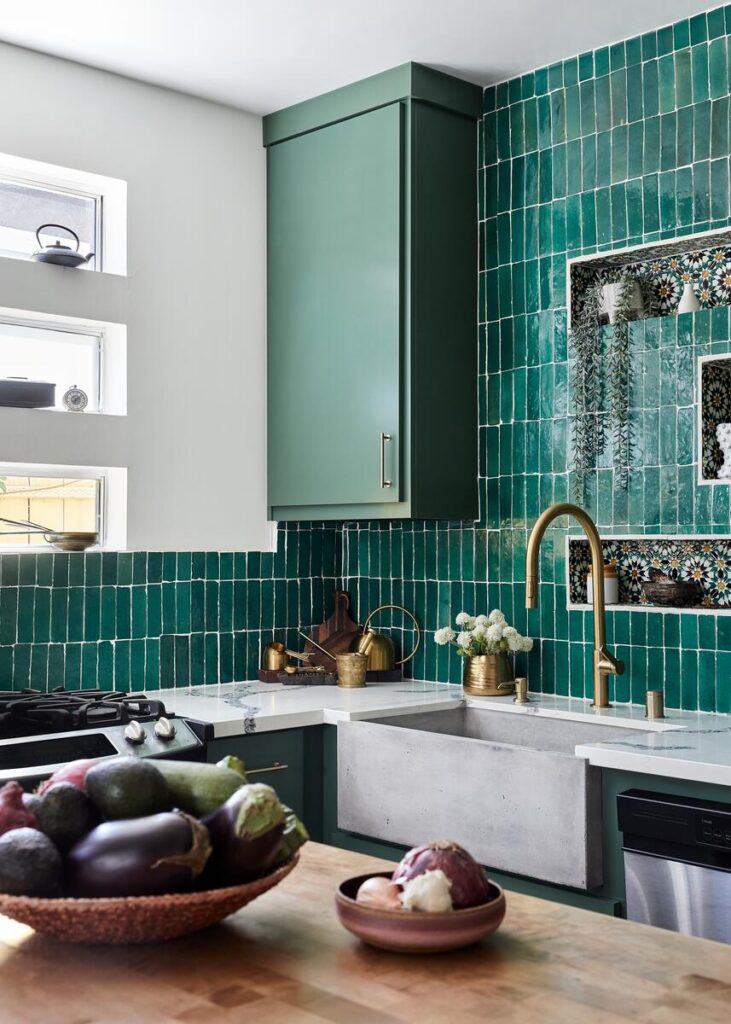
NT: All right – first things first. The Architectural Digest feature of the home you did for Poorna Jagannathan was a pretty significant achievement. Can you tell us about that project?
HP: Yes, Poorna had lived in the home for a long time and had never done anything to it. And she finally felt ready to do it. When I walked in, it was a really cool property, very industrial, but you could tell that they had just dropped all their old stuff that they had collected over the years [into the space]. There was no strategy in terms of showcasing their style – or the house.
When we were designing the kitchen, I didn’t change anything about the bones. We were working within the footprint.
When we were thinking about the kitchen, [we took into account that] she and her husband entertain a lot and they wanted it to be a real statement kitchen, so we chose this great color palette. We tossed around the idea of different sinks, even just a plain stainless steel undermount sink. And one day Poorna came to me and said, “I want a really cool sink.” Because the home had that industrial feel, I immediately was like, “Concrete! Who has a concrete sink?”
Because our thought process in that house was that everything is going to get used and nothing can be precious. It’s almost like, if something already looked like it had been in use, that’s what we wanted. That’s the beauty of a concrete sink. It’s never going to be perfect, even from the day you get it. So you don’t need to worry about it remaining pristine or getting scratched or anything because that just adds to the beauty of it.
Concrete is really so functional for a kitchen. It had that right statement look and the function that we were looking for.
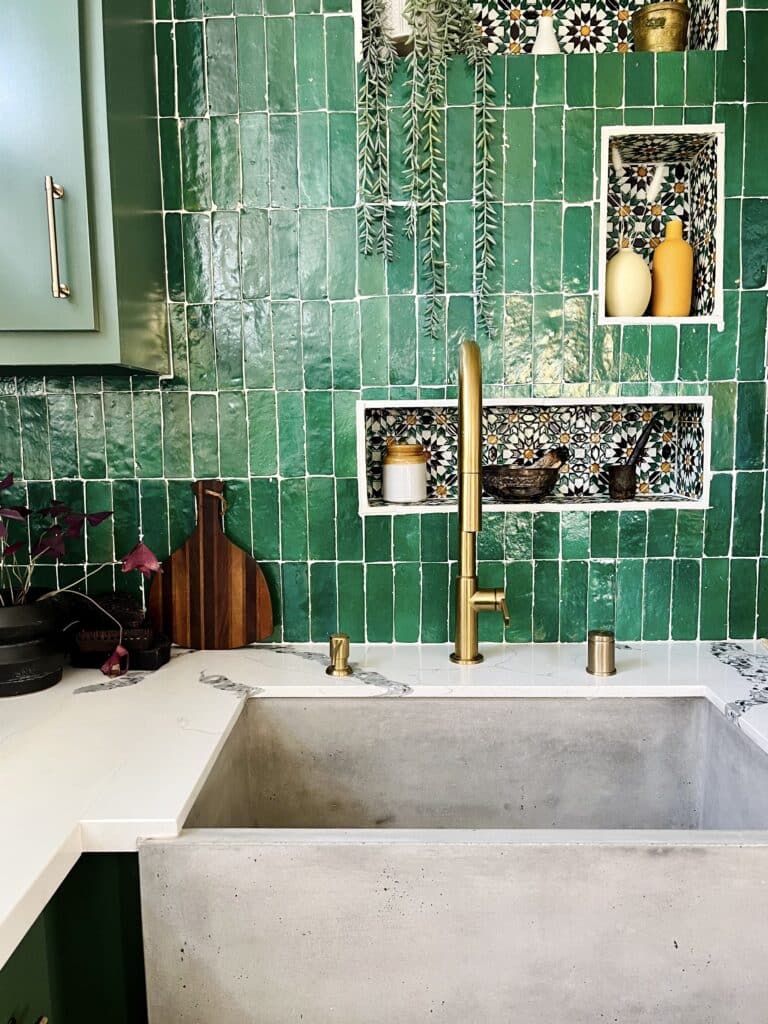
NativeTrails: You’ve climbed to great heights in your respective careers, but it certainly doesn’t seem like success has just fallen in your lap. You work really hard! You make big sacrifices, and you make big cross-country moves.
One thing you’ve said is that, “Working in fashion really took the fun out of it for me. That’s why turning your passion into a job is not always the best idea.” Can you tell us what you mean by that?
Hema Persad: There’s this narrative out there that says you should turn your passion into a paycheck. I tried to do that. But with every job, whatever your career is, there are going to be parts that you don’t like. The hope is that the good stuff outweighs the bad, but that’s not always going to be the case.
Like, when I was an attorney, I liked dealing with clients, and I liked solving problems. I liked coming up with arguments and reasoning. I liked my paycheck. But so much of it I hated — and that outweighed anything that I did.
The same thing happened with styling. I have always loved fashion and had an affinity for it. But when I turned it into a job, all the nasty parts really took the fun out of it for me. I didn’t like the politics of having to borrow clothes from brands and then put them on celebrities. I didn’t like my paycheck. I didn’t like the hours. So again, all the negative or challenging aspects of that career outweighed anything good.
What happened with styling was that I didn’t have boundaries – because, oh my God, I loved it. Whereas with interiors, I like it enough. But I’m not so obsessed that I can’t have boundaries in order to preserve my mental health and family time.
You know what I love about interiors – being an interior designer – that I did not find with being an attorney or being a stylist, is the number of ways that this could go. There’s so much opportunity within the interior design landscape to make money and do things that you like.
You could be a interior designer and do the one-on-one client thing for the rest of your life. And that’s a great option. You could be someone like me who wants to put a cap on that because there are only so many hours in the day and then delve into product design, or do a TV show, or design for TV and film — there are so many avenues within interior design that people can take.
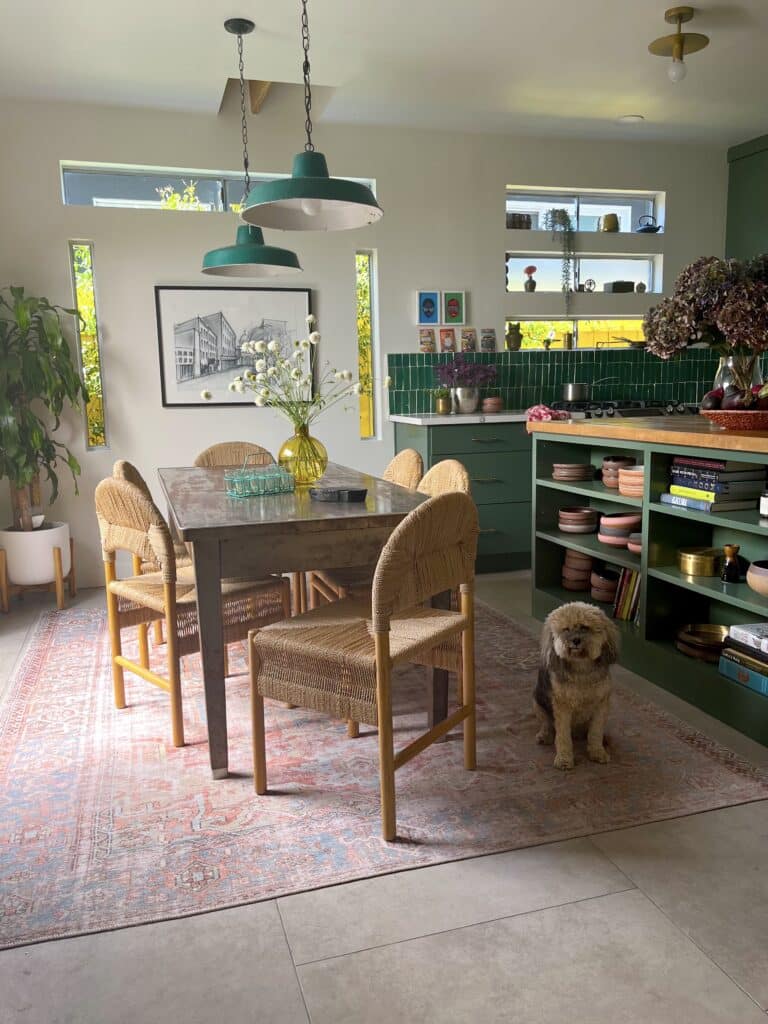
NT: Since you came from fashion styling, if your interior design aesthetic was an outfit, what would it be wearing?
HP: My aesthetic would probably be wearing something comfortable, like jeans, but with some kind of eclectic top made from material I got on a trip. It’s kind of who I am. My parents are immigrants. But I was born and raised and grew up here. So much of what I like naturally is a mix of my culture, but I’m American. That’s how I dress and how I approach [being an interior designer].
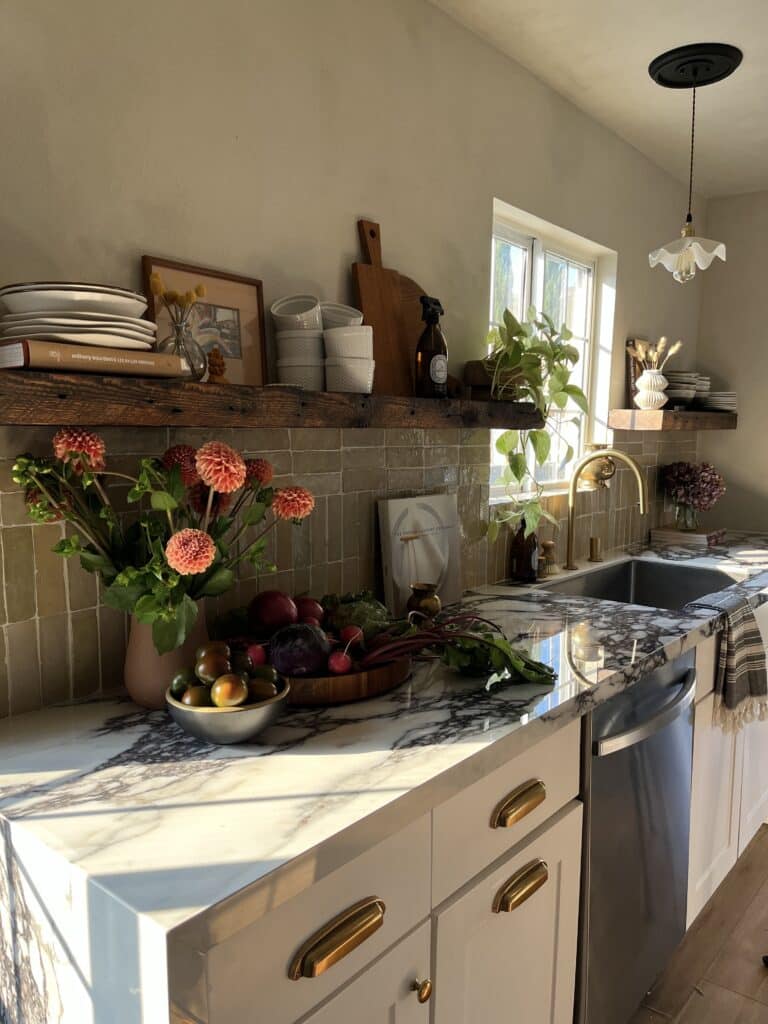
NT: What’s your earliest design-related memory?
HP: Oh, the Sears catalog.
I’ve got two sisters, and up until I was eight, I shared a bedroom with one of my sisters. And finally, I got my own room. Back in the day, you could order bed sets from catalogs, and my mom let me order a bed set, which was very extravagant for us. I was so excited. I remember so clearly I picked this very country-vibe hearts quilt set with matching shams and a bed skirt. It was pink and purple and had some blue, but there were ruffles.
I remember when it came; I was so excited to make my bed.
NT: Do you have an design mantra or motto?
HP: I always tell people, “There’s always another option.” It may not be your first choice, but if budget is an issue, we can always find something different that will still be beautiful. I know many designers and creative people in general can get very stuck on the idea of a certain thing being perfect. Maybe I’m different because I don’t come from interior design; I come from styling, and sometimes we didn’t have a choice, we had to find another option.
NT: What does every bathroom need?
HP: A skylight. It’s a very dreamy feature that, if you can finagle it, makes your day better every day.
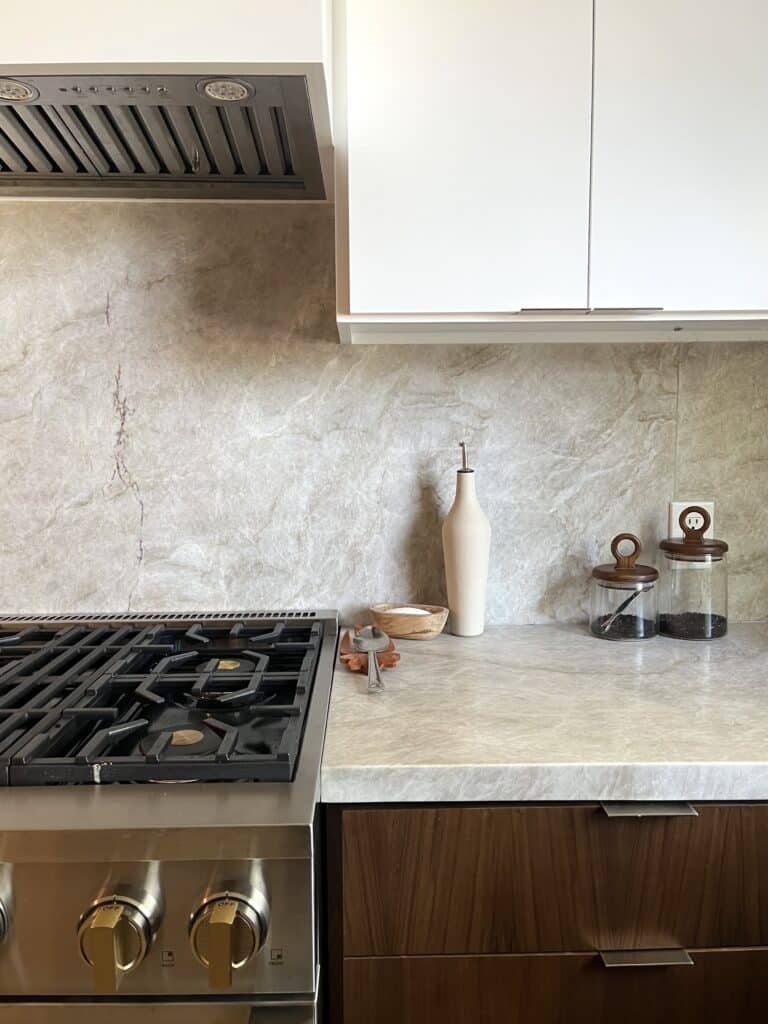
NT: What does every kitchen need?
HP: I mean, kitchens just need so much! I’m trying to narrow it down, but we’ve started doing these double drawers for the utensil drawer, so you pull the drawer out, and the big stuff goes on the bottom and then there’s a little top one that comes out for all the small stuff. It keeps things very organized, and you’re not worried about a hot mess of utensils.
I also really love doing pull-out spice racks or drawers. At the end of the day, the kitchen has to function. I think all these little touches to organize the small, unruly things make your life easier.
